Hello, and welcome to a belated Martin Bailey Photography Podcast, episode 25. The reason this week’s episode is late is actually going to be the topic for this week and the next one or two week’s episodes. From the 17th to the 20th of February 2006 I went to Hokkaido the northern-most island of Japan and my favourite nature photography location. The four day tour was with top Japanese nature photographer, Yoshiaki Kobayashi and 12 other participants. It’s taken me two full days after getting back just to sort through the photos from first two days of the trip and post-process them, and upload them to my Web site. I’m already a number of days late bringing you episode 25, so today I’m just going to show you some of my favourite crane shots from the first day and then over the next episode or so I’ll cover the rest of the trip.
So, firstly, let’s take a look at photo number 836 on my Web site, martinbaileyphotography.com. If you are listening on an iPod, this is the first and only image you’ll be able to see. If you are listening in iTunes you can click through the images as I mention them by clicking on the little arrows above the thumbnail then clicking on the image itself to view it full size.
Image 836 is the first image, shot not long after setting up my Canon EOS 5D with the 600mm F4 super-telephoto lens. I chose this image to talk about first because of the fact that you can see the breath coming out of the Japanese Red-Crowned Crane’s mouth as it cries. The shot is not perfect in any way. There’s a hump of snow obscuring the birds’ feet, and pigeon behind the bird to the left, and another crane right behind the bird to the right. But I do want to say that in addition to me liking this image because of the bird’s breath being visible it shows how easy it is to get great whites and blacks, that is perfect exposure in difficult conditions by remembering a simple rule. I spoke in detail about Exposure and Manual mode in episode 10 of this Podcast, and I actually used shots from my last visit to this very place in February 2004 to illustrate my points. To reiterate that very quickly now though, basically, when shooting mainly white birds against both white snow and a sometimes quite dark background, you cannot rely on your camera’s in-build light meter. The reason is, in Aperture Priority mode if you frame your shot with a lot of white in it, or mainly snow, the camera’s meter will under-expose the shot and you’ll need to compensation by +2/3 or 1 stop. But if you frame your shot while the birds are jumping or flying in, with a dark background, the camera will meter for the background, and greatly over-expose the birds, blowing them out completely.
What I do here, and this was actually advice from 2 years previous from Yoshiaki Kobayashi, the same pro that I was here with a few days ago, but I point the camera down at the snow, and fill the frame with white. Then I set my aperture to the desired size and change the shutter speed until I see on the camera’s exposure indicator that it thinks the shot is over-exposed by 1 stop. If I can’t get a fast enough shutter speed for the aperture, I’ll raise the ISO until I can.
Basically what I’m doing here is removing the need to worry about the background. Of course, you have to keep your eye on the weather, especially when it is changeable as it was on this day. If the clouds roll in, or it starts snowing, you’ll need to make adjustments, but if you just keep repeating the processing of reading from a screen full of snow and setting the exposure to plus one stop, you won’t go far wrong. If you have a properly calibrated monitor, you should be able to see well exposed whites and blacks in all of the shots from this venue. In this first shot, I ended up at F10 for 1/800 of a second, and ISO 160.The next shot, again of the Japanese Cranes, is a better composed image. Take a look at shot number 837. You can see two cranes crying together, but without the distracting pigeon or other cranes in the background.
This venue, which is the Akan International Crane Center, is home to scores of Japanese Cranes, and more fly in towards 2PM when they feed the cranes with live fish. So it’s not always easy to get a shot without either lots of other cranes or crows, pigeons or sparrows in there. This shot was actually taken with exactly the same settings just 9 seconds after the previous shot as the birds walked a little further around, away from the other birds.
Let’s skip a few shots now and look at number 841. By the way, I’ll put a link into the show notes so that you can list all of the shots from the trip and click through them at your leisure. The shots will actually probably be listed in descending order, with newest first. If you want to view the shots in the order they were made, click on the last number on the bottom right of the browser window, below the thumbnails, and then click the very last image. Then you can click the arrow pointing to the left above each image to view them in chronological order.
Going back to shot number 841, of a Japanese Crane in flight, this image shows exactly what I mean about the background can sometimes be quite dark. If I was using aperture priority mode set to plus one stop of exposure compensation while the birds had a white snow background, this bird would now be so over-exposed the image would have been useless. This was shot at F11 and 1/800 of a second, again at ISO 160. I’ve not gotten brave enough to try panning with slower shutter speeds with my 600mm F4 lens yet, so I like the artistic touch gained by the blurred wing tips here. These cranes have a wing span of around 2.4 meters, or just under 8 feet, and at a shooting distance of around 30 meters or 100 feet, which I what I guess I was at here, the depth-of-field is only 1.8 meters or 6 feet at F11, so I reckon either the wings are out of the DOF or they’re simple moving faster than a shutter speed of 1/800 of a second could freeze. Either way, I’m pleased with this shot.
Take a look too at shot number 842, which I just find comical, as though crane is running in large strides along the snow. This too was shot at F11 for 1/800 of a second, ISO 160. Let’s skip a number of images again and take a look at number 846. This again is a comical looking shot, as a crane jumps into the air with it’s wings flailing, looking as though it’s almost lost it’s balance.
Moving on to the next image, which is number 850, shot with my 20D set to F8 for 1/500 of a second at ISO 100. I rarely use two camera simultaneously but find it invaluable to have to cameras with different lenses on when shooting birds that can fly over your head, requiring a wider angle lens very quickly. There’s simply no time to change your lens when these birds appear overhead. The good thing about the Akan International Crane Center is that there are many people around and someone usually calls out, “there are 3 coming in from the left” or things “a family are about to fly out in back”, so even if you are looking through your finder, you get a warning when some birds are flying in or out of the location. Anyway, I’m so pleased that I had my 100-400mm lens on the 20D so that I was able to capture this shot. Technically not difficult, but it required having the extra camera setup with the correct manual exposure settings ready and waiting. I was not using a polarizer filter for this shot either. The white birds are very reflective, so the sky gets slightly under exposed by comparison, making the blue quite saturated.
I did notice that in the cold, the old BP-511 battery in the 20D went dead very quickly, despite keeping it in a fleece cover with a solid fuel hand warmer burning in a pocket to keep the camera warm. The two BP-511A batteries in the 5D lasted a whole day under the same conditions.
Let’s now take a look at 860, which I like just because of the moment. I spotted this young crane digging snow with it’s beak and tossing it around and managed to capture a little as it fell away from the bird’s mouth. You can tell that this bird is young, because the red crown is not yet reaching the back of it’s head. A full grown bird’s red crown covers the whole head, as you can see in shot 840 if we step back 20 shots. Again, I’m still at F11 for 1/800 of a second, though I’ve upped the ISO to 200 now.
Shot number 863 shows another great moment. I titled this shot “Jees’ These Crows Are Everywhere!”. It shows a crane looking totally fed-up with it’s wings out in disgrace, and luckily this time there was crow in the foreground for me to compose this with a comical feel.
In the next shot, 868 too, I capitalize on the birds other than the cranes by giving a flock of sparrows center stage and let the cranes take a side part for a while. A number of sparrows just taking flight add a little interest and the two pairs of cranes walking together as though in deep philosophical conversation, though out of the depth-of-field keep the shot interesting.
OK. Although there are a lot more crane shots on my site from this trip, let’s take a look at one last one for this Podcast. Take a look at image number 869, shot with the 20D at F11 for 1/500 of a second at ISO 200, which is again a pair of cranes crying in unison. I wanted to close the crane shots with this one as it’s one of my favourites from the day. While I was at the Akan International Crane Center I was lucky enough to spent most of the five hours or so I was there standing next to a Japanese Crane Photographer called Tsuneo Hayashida. Hayashida sensei was actually the photographer that shot the crane image that was the base for the 1000 yen note that was in circulation for 20 years or so until a few years ago. You can check out his work at japanesecrane.com, but as the site is in Japanese I’ll put some more links into the show notes to allow you to navigate to the photos. Hayashida Sensei also told me how to differentiate between male and female cranes. Apparently the male always does one long honk and the female always gives two short sharper honks during that time. There’s no rule with regards to which sex starts the honking. It’s around 50/50.
I also met an Australian based photographer, Pavel German while there. Pavel is a real nice guy, originally from Russia but has lived in Australia for 20 years. His Web site is australiannature.com, all one word, and I’ll put a link in the show notes if you are interested in checking out Pavel’s great work.
So that’s about it for today. In the next episode I’ll show you some eagles that appear from nowhere at 2PM when the cranes are fed live fish, and then go on to the second day of the trip in which I got some early morning landscape shots from the Bihoro Pass at -20C or -4 Fahrenheit, and a few more shots of the Kussharo Lake’s Omiwatari. Omiwatari literally means God’s Walkway, which is where the ice that froze during the night expands during the day and ruptures forcing itself upwards and out of the lake making for an interesting sight.
Beep/Click
Remember that you can contact me with feedback or requests via the Contact Form on the Podcasts page at martinbaileyphotography.com or with private messaging via the forum if you are a member. With forum members now up to almost 200, it is becoming quite a lively place to discuss photography related issues at all levels, so if you’re interested come along and register and join in. Of course registration is free and just takes a moment. I’m always interested to hear your views and we have a great crowd in the forum too, so I look forward to hearing from you.
So on that note, have a great week, what’s left of it and keep on shooting. Bye bye!
Show Notes
The Music in the first 28 Podcasts is copyright of William Cushman © 2005, used with kind permission.
Subscribe in iTunes for Enhanced Podcasts delivered automatically to your computer.
Download this Podcast in MP3 format (Audio Only).
Hayashida Sensei’s work through the four seasons:
http://www.japanesecrane.com/winter.html
http://www.japanesecrane.com/spring.html
http://www.japanesecrane.com/summer.html
http://www.japanesecrane.com/autum.html


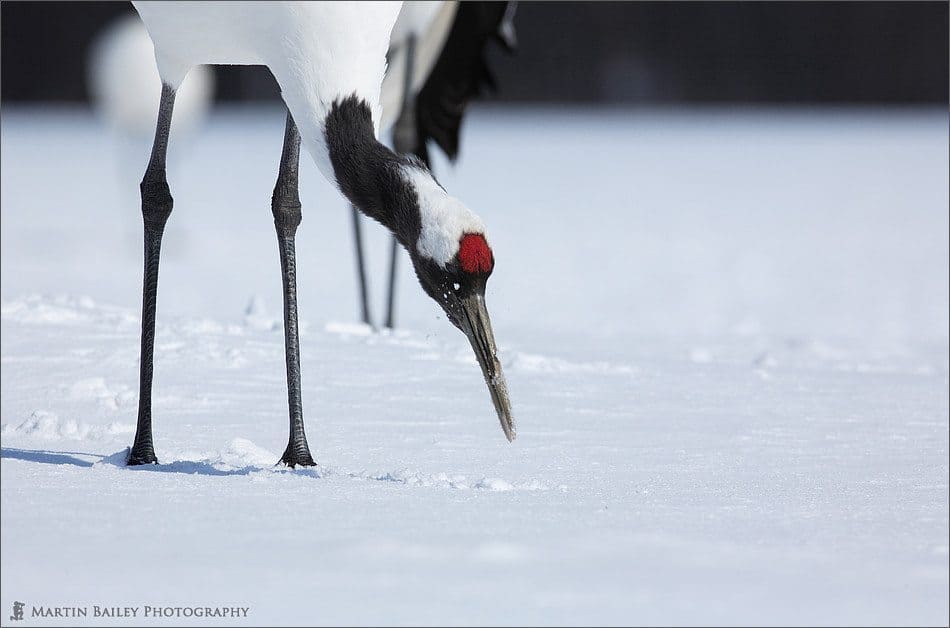
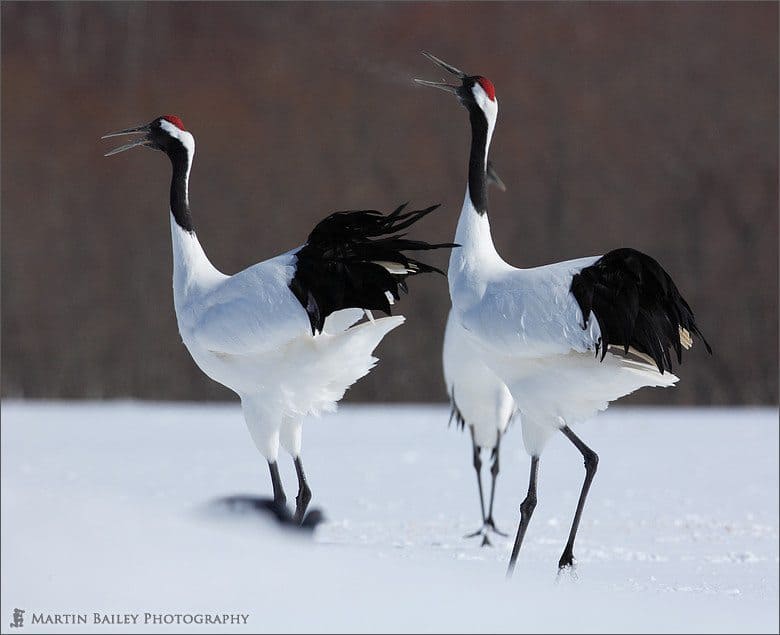
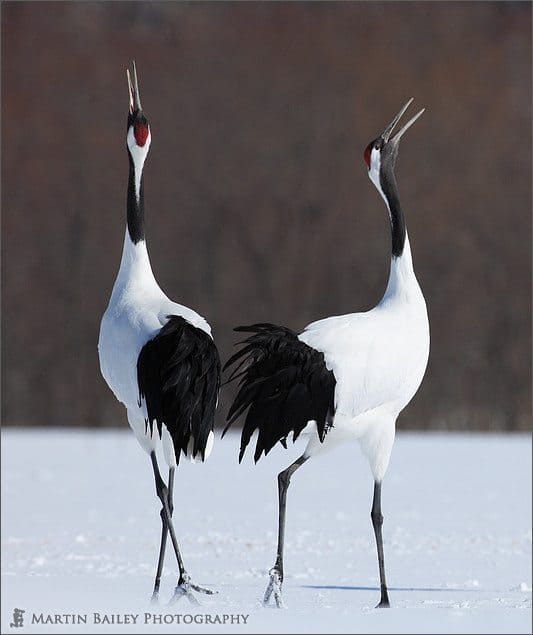
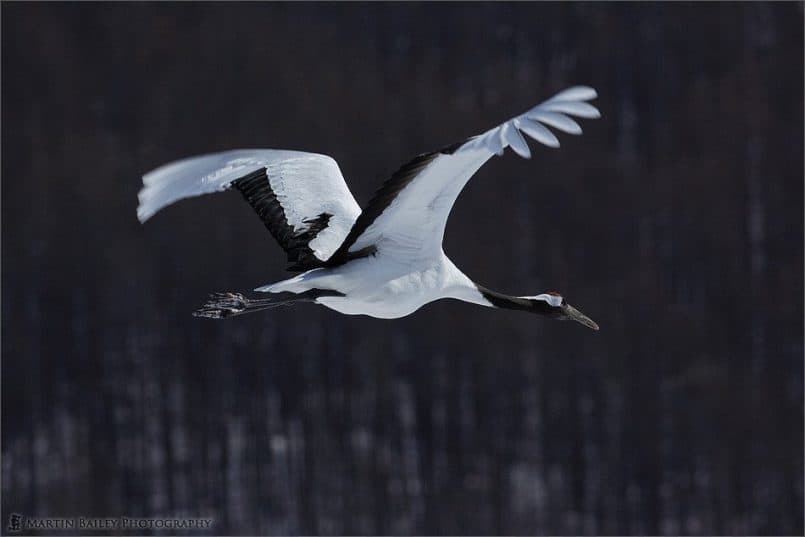
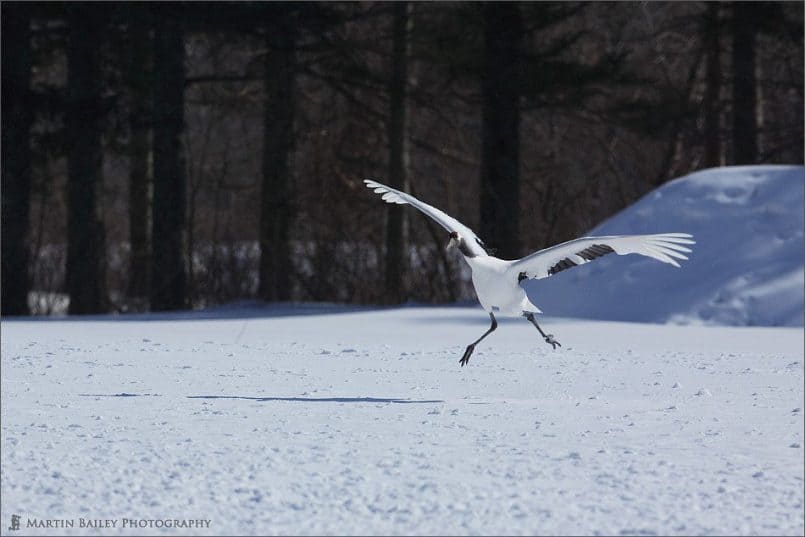
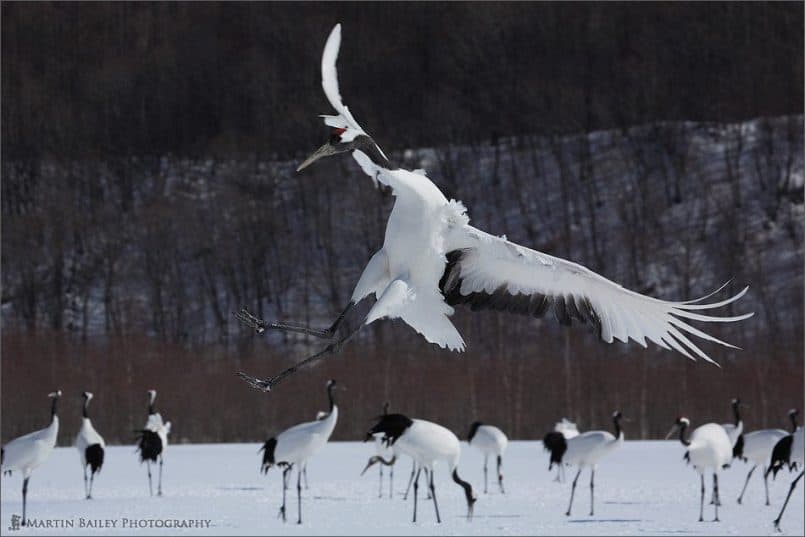
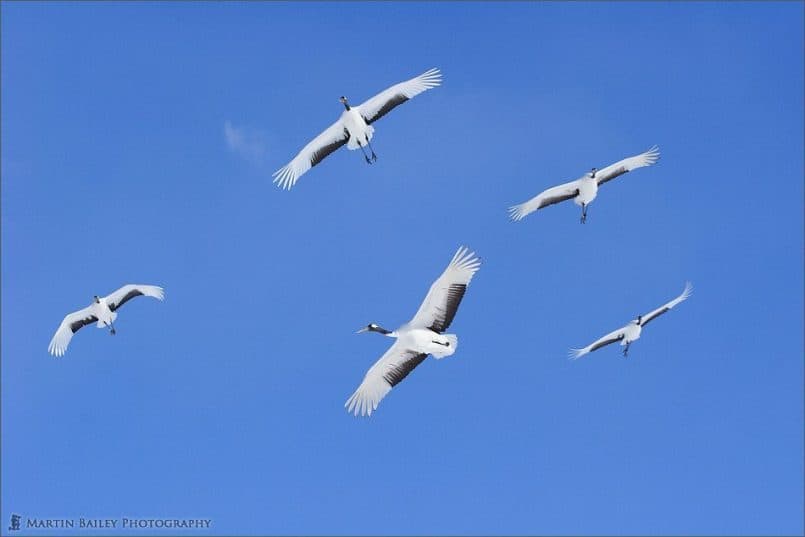
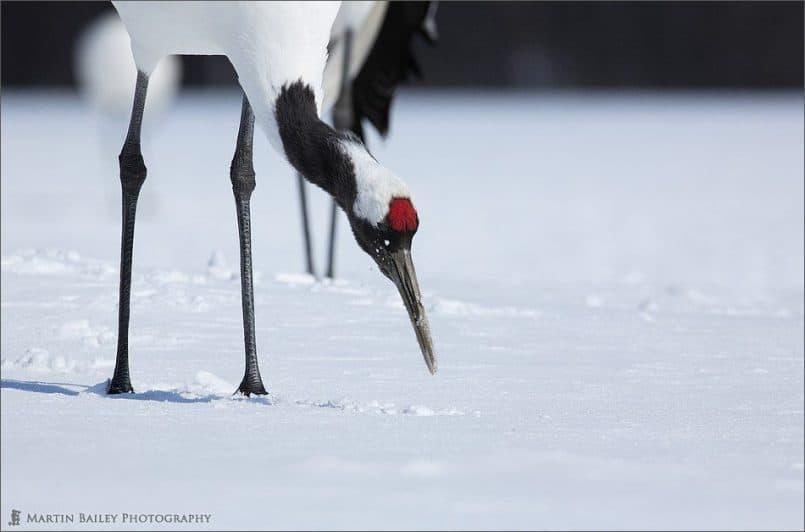
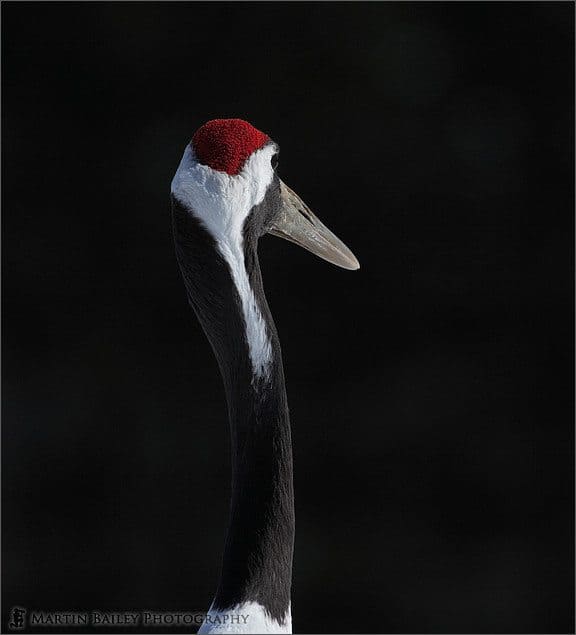
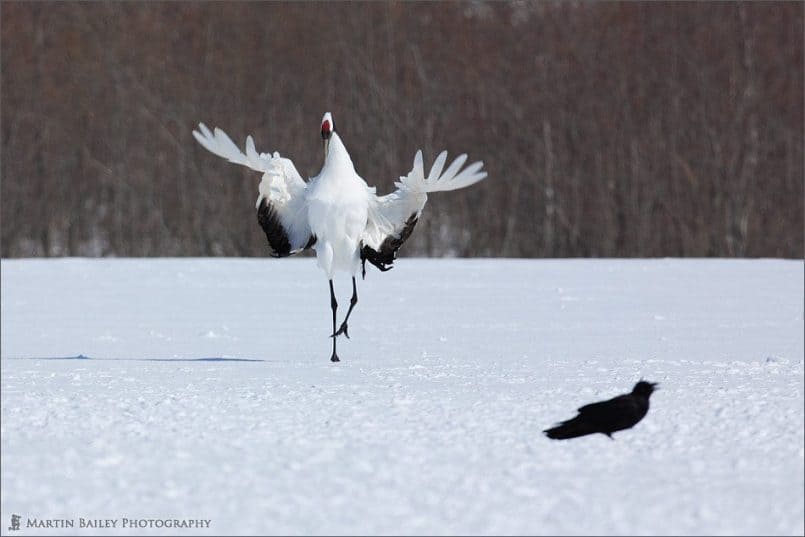
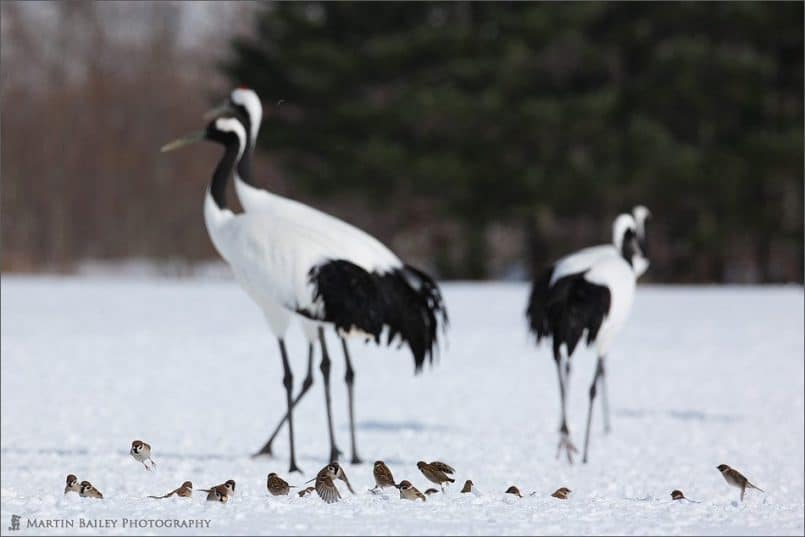

0 Comments